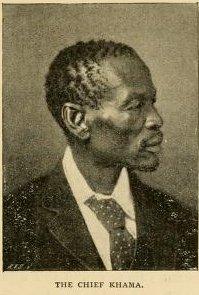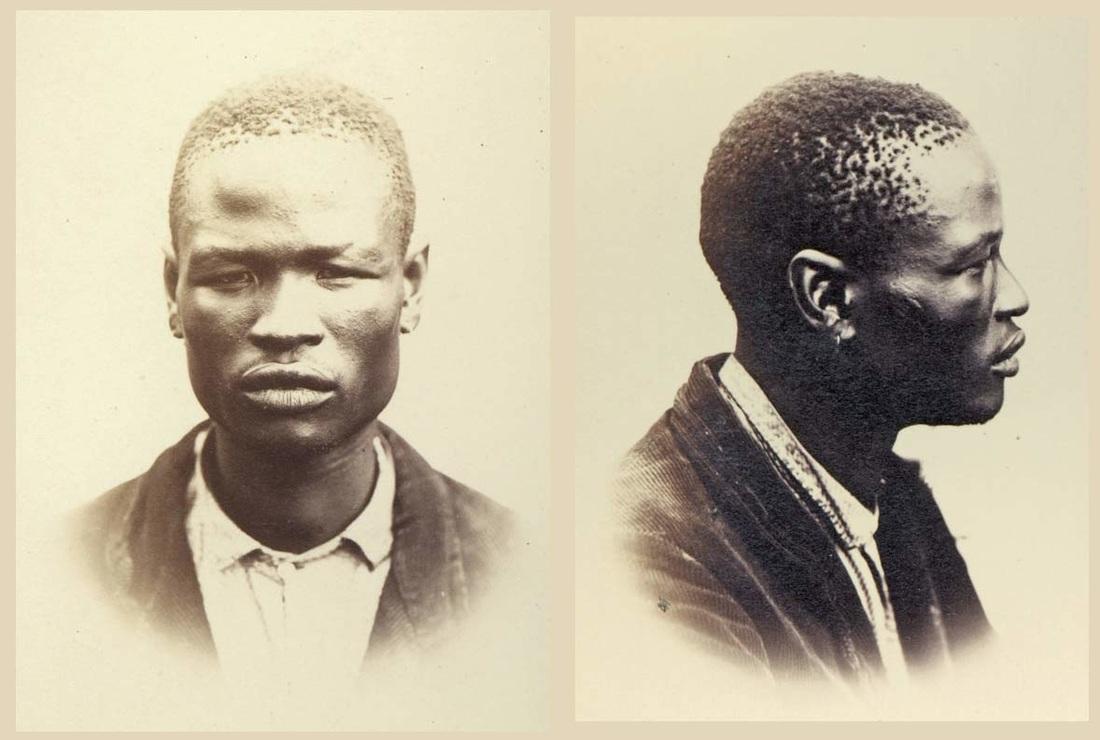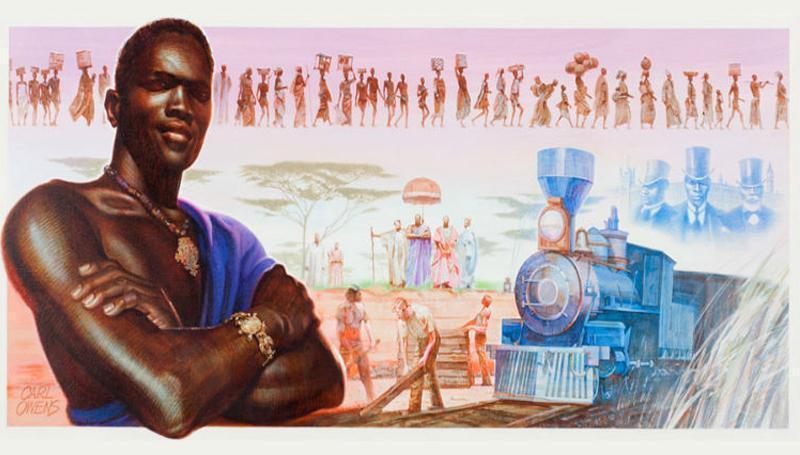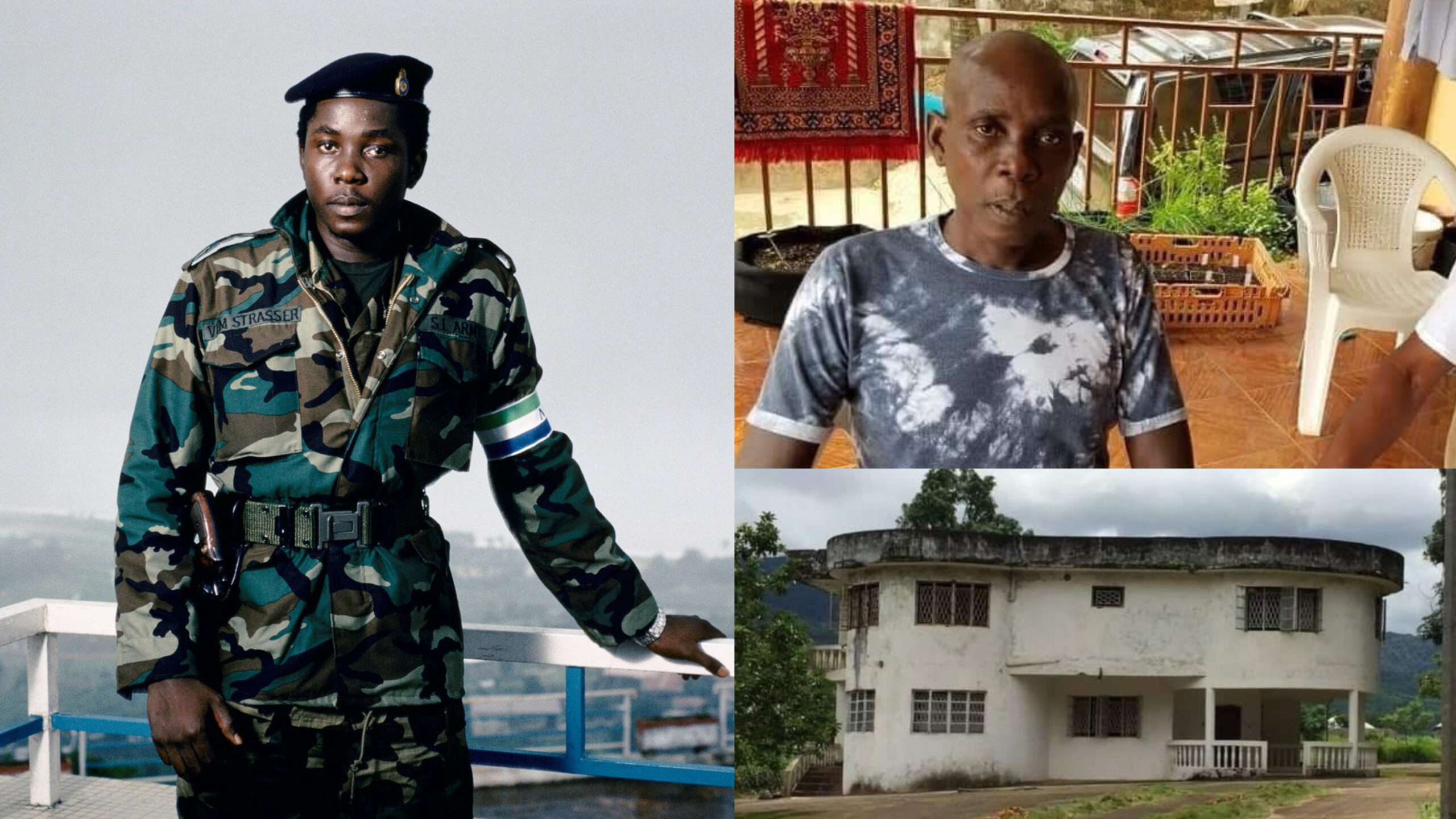Khama was highly regarded as a peace-loving king who prioritized technological achievements such as the construction of schools, scientific cattle-feeding, and the establishment of a mounted police force, which effectively suppressed crime.
Because of his good rule of developing his nation and caring for his people England granted him permission to remain independent of Bechuanaland.
Khama was known for being a peace-loving monarch who desired to progress his country through scientific advancements during his reign.
Khama promoted scientific cattle breeding and invented ways that significantly increased his country’s income and reputation. During his rule, he did not allow crimes in his kingdom.

Khama the Good was the kgosi (significant chief or king) of the Bamangwato people of Bechuanaland (modern-day Botswana), who made his kingdom a protectorate of the United Kingdom to safeguard it from Boer and Ndebele aggression.
After displacing his father Sekgoma and expelling his brother Kgamane, Khama became King in 1875. His ascendancy brought considerable threat as well as great opportunity. To Ndebele raids from the north (now Zimbabwe), Boers and trekkers from the south, and German colonialists from the west, all attempting to conquer his land and hinterlands.
He responded by aligning his state’s administrative objectives with those of the British, who supplied him with the required cover and protection, and by aggressively expanding his rule over a considerably broader territory than any previous “kgosi.”

Khama turned to Christianity, but he ruled using many of the phrases and notions that Christianity claimed as its own, leading him to perpetrate sectarian crimes and disdain of orthodox establishments.
The British government was split on what to do with the area as well. One party, backed by Cecil Rhodes, argued for the establishment of a protectorate, while another, led by a local missionary named John Mackenzie, adopted an imperialist posture and urged that the region be opened to white settlement and economic exploitation.
In 1885, the southern section of the Molopo River Territory was designated as a British Bechuanaland colony, while the northern part was designated as the Bechuanaland Protectorate. Later, the colony was absorbed by Britain’s Cape Colony and is now part of South Africa.
Until 1895, when Khama and three other leaders of the ‘Bechuanaland Protectorate’ arrived to London to address the situation in Bechuanaland, Rhodes continued his campaign to persuade the British government to acquire what remained of Khama’s country (the protectorate). The Bechuanaland Protectorate remained semi-independent until 1966, when it declared independence and changed its name to the Republic of Botswana. Seretse Khama, the first president, was the son and heir of Khama III, and Ian Khama, Seretse’s son, is the leader of the Botswana armed forces.
The Khama III Museum covers the tale of the Khama family and has collections that include the King’s personal things as well as items that depict Serowe’s history.
The Royal Cemetery, located at the top of Thathaganyana Hill in the heart of town, has the ruins of an 11th-century settlement, demonstrating that the area was occupied even before the arrival of the Ngwato and Khama dynasties.
 The African History Truly African
The African History Truly African

